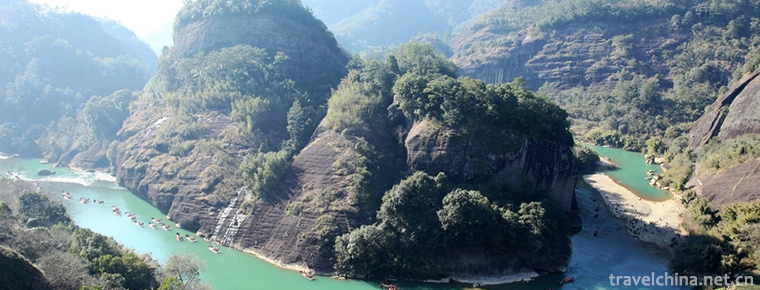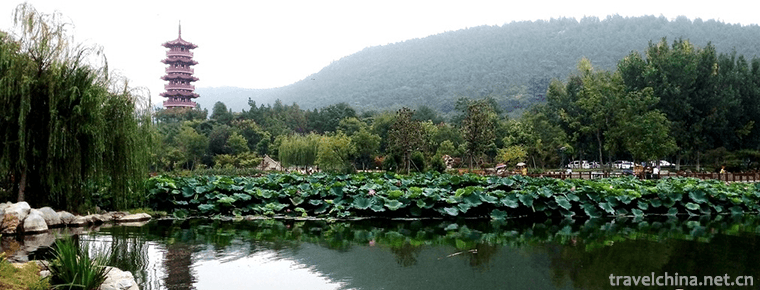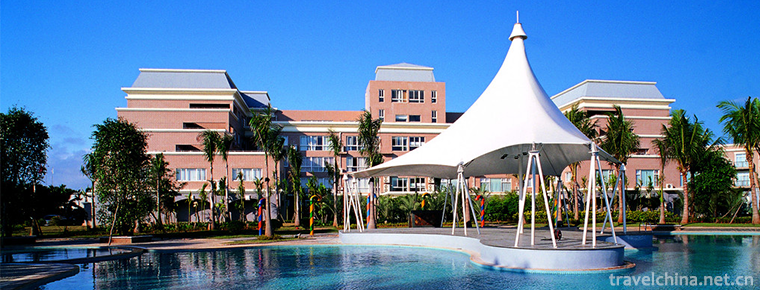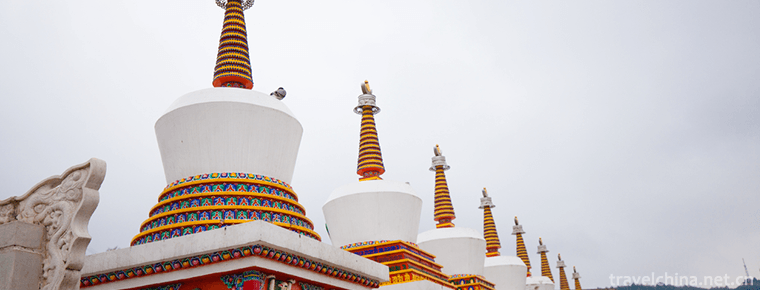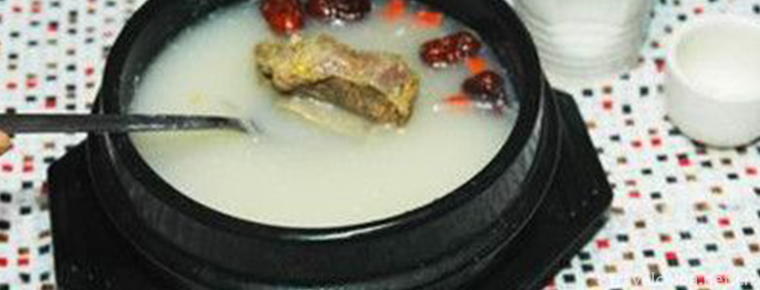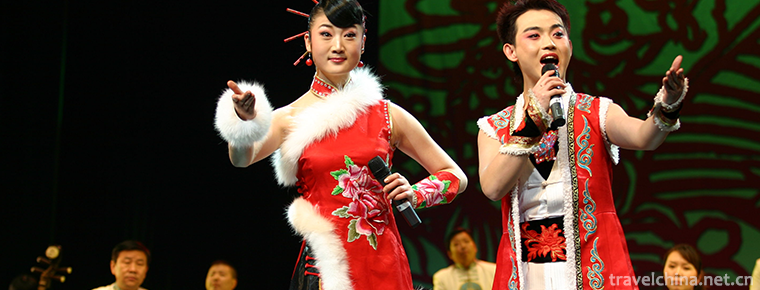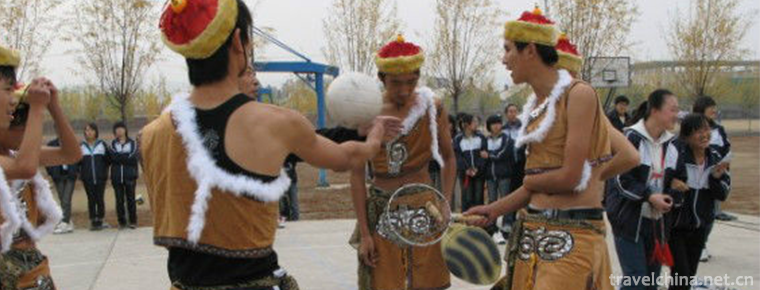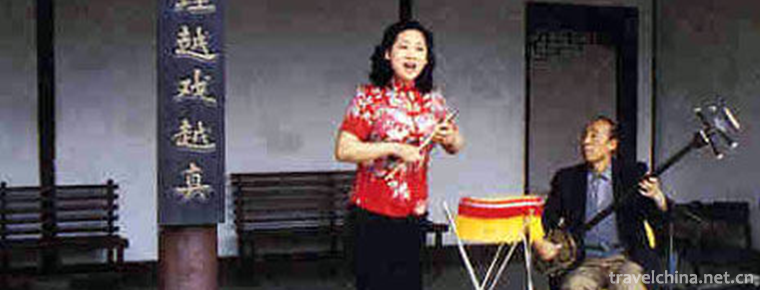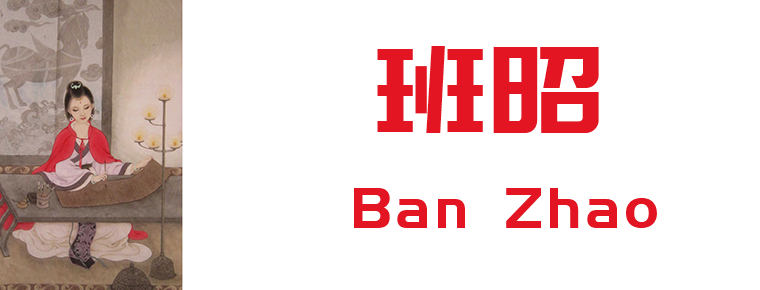The Construction Skills of Hui School Traditional Dwellings
The Construction Skills of Hui School Traditional Dwellings
The construction techniques of Hui traditional dwellings are the traditional wood structure construction techniques with rich local characteristics. The legend of woodworking techniques is written between lines and ink.
As a wonderful flower of Chinese traditional residential architecture, "Hui-style architecture" is a relic of Hui merchant culture.
On June 7, 2008, the construction techniques of Hui-style traditional dwellings were approved by the State Council and listed in the second batch of national intangible cultural heritage list.
Architectural history
Cultural style
Huizhou area was originally inhabited by ancient Yue people. Because of the humid climate in the mountainous areas of southern Anhui Province, in order to prevent jaundice, the ancient Yue people's dwelling style was mainly "dry fence" architecture. After the Han and Wei Dynasties, in order to avoid the war, many large-scale immigration of the Central Plains scholars not only changed the population and structure of Huizhou, but also brought advanced Central Plains culture.
The construction techniques of Hui-style traditional dwellings are a wonderful flower of Chinese traditional dwelling buildings. They are praised for their precise and meticulous village layout, compact and fine architectural pattern, unified and distinct architectural style, profound cultural background, rich and varied architectural decoration, exquisite and superb construction techniques, and can be regarded as the typical representative of Chinese traditional dwelling buildings. Businessmen generally take pains to do things, buy land and build houses economically and economically, thus resulting in a small scale of construction, small patio, no Hall of the final effect. But they are rich, knowledgeable and have a certain appreciation ability, so they will spare no money to engage in brick carving, wood carving decoration, because they know that this is not only a realistic living space effect.
Honor
In June 2008, the construction techniques of Hui traditional dwellings were selected into the second batch of intangible cultural heritage list.
In 2010, as a sub-project of "Chinese traditional wooden structure construction technology", Huizhou traditional architectural construction technology was included in the UNESCO list of representative works of intangible cultural heritage of human beings.
Architectural features
The main combination methods of wood as main building materials, tenon and mortise as wood components, and the building construction technology system of modular system as scale design and processing and production means. This traditional building skill is handed down from generation to generation in the form of "words and deeds" between teachers and apprentices. It has lasted for 7000 years and spread to Japan, Korea and other East Asian countries. It is the representative of ancient Oriental architectural technology. Huizhou traditional architectural construction technology is a treasure of folk architecture art that has been formed gradually by local people in the construction practice for more than 2000 years. It has high academic and practical value. Among them, powder wall, Daiwa, Horsehead wall, brick, wood and stone carving, as well as stacked courtyards, high ridge eaves, winding corridors, pavilions and pavilions constitute a single tree. A School of Hui style architecture keynote. The gables of "Hui-style architecture" are like a banner of calligraphy and painting and a screen, so they are commonly called "screen walls". A rough look, but the real difference is that a horse head like a leap of ambition, a screen like stretching has a long history.
Inheritance of Intangible Heritage
The Ministry of Culture announced the fourth batch of representative successors of national intangible cultural heritage projects, Hu Gongmin was selected.


-
Mount Wuyi
Wuyi Mountain, Wuyi Mountain is located at the junction of Jiangxi and northwest Fujian Province. The southeastern foot of Wuyi Mountain has a total area of 999.75 square kilometers. It is a famous sc.
Views: 192 Time 2018-10-28 -
Yunlong Lake
Located in the southwest of Xuzhou City, Jiangsu Province, Yunlong Lake is the main scenic spot of Yunlong Lake Scenic Area in Xuzhou, formerly known as "Stone Dog Lake".
Views: 122 Time 2018-12-06 -
Jinjiang hot spring
Jinjiang Hot Spring is located on the Bank of Jinjiang River, Datian Town, Enping City, which is the hometown of hot springs in China. It is backed by Qixingkeng primitive forest, deep mountains and g.
Views: 157 Time 2019-01-29 -
Tar Temple Scenic Area
Tar Temple, also known as Taer Temple, was founded in the 10th year of Hongwu Ming Dynasty (1377). Named after the Great Silver Pagoda built in memory of Zongkaba.
Views: 153 Time 2019-02-13 -
Eight Diagrams porridge
Bagua porridge is derived from "Chinese recipe for longevity". Its main ingredients are turtle and japonica rice. It is made by boiling with other auxiliary ingredients. It can play a health.
Views: 138 Time 2019-03-27 -
Song and dance duet
Errentai is commonly known as Dual Items, two classes. Originated in Shanxi and growing up in Inner Mongolia, it is a traditional opera popular in the central and Western Inner Mongolia Autonomous Reg.
Views: 130 Time 2019-04-29 -
Manchu Pearl Ball
Pearl ball is a traditional sport of Manchu, originally known as pearl picking, which originated from the ancient pearl picking production activities of Manchu. In the age of Taizu Nuerhachi in the Qi.
Views: 260 Time 2019-05-20 -
Xiangyuan Drum Book
Xiangyuan Drum Book is a traditional opera in Shanxi Province. Originated in Xiangyuan, Shanxi Province, it is popular in Shangdang area. It is also called Guer Ci and Xiangyuan Tune. According to leg.
Views: 251 Time 2019-07-06 -
Ban Zhao
Ban Zhao (about 45 years - about 117 years), also known as Ji, the word Hui ban. Fufeng An Ling (now northeast of Xianyang, Shaanxi), a historian and a writer of Eastern Han Dynasty. historian Ban Bi .
Views: 289 Time 2019-09-11 -
Administrative division of Panzhihua
Panzhihua City has 5 county-level administrative divisions (Municipal District 3, county 2) and 49 township level administrative divisions (street 11, town 23, township 15). It covers an area of 7440 square kilometers and has a population of 1.12 million. Panzhihua Municipal People's government is located at No. 2, bingcaogang street, East District..
Views: 318 Time 2020-12-14 -
Nanchong population
By the end of 2019, Nanchong had a total household population of 7 million 237 thousand and 100, with a decrease of 45 thousand and 400 compared with 2018. Among them, 3.778 million were male and 3.459 million were female; 2.076 million were urban.
Views: 370 Time 2020-12-17 -
Dazhou City honor
On June 9, 2020, Dazhou was awarded the advanced municipal Party committee and government of Sichuan Province in promoting the development of service industry..
Views: 232 Time 2020-12-20
